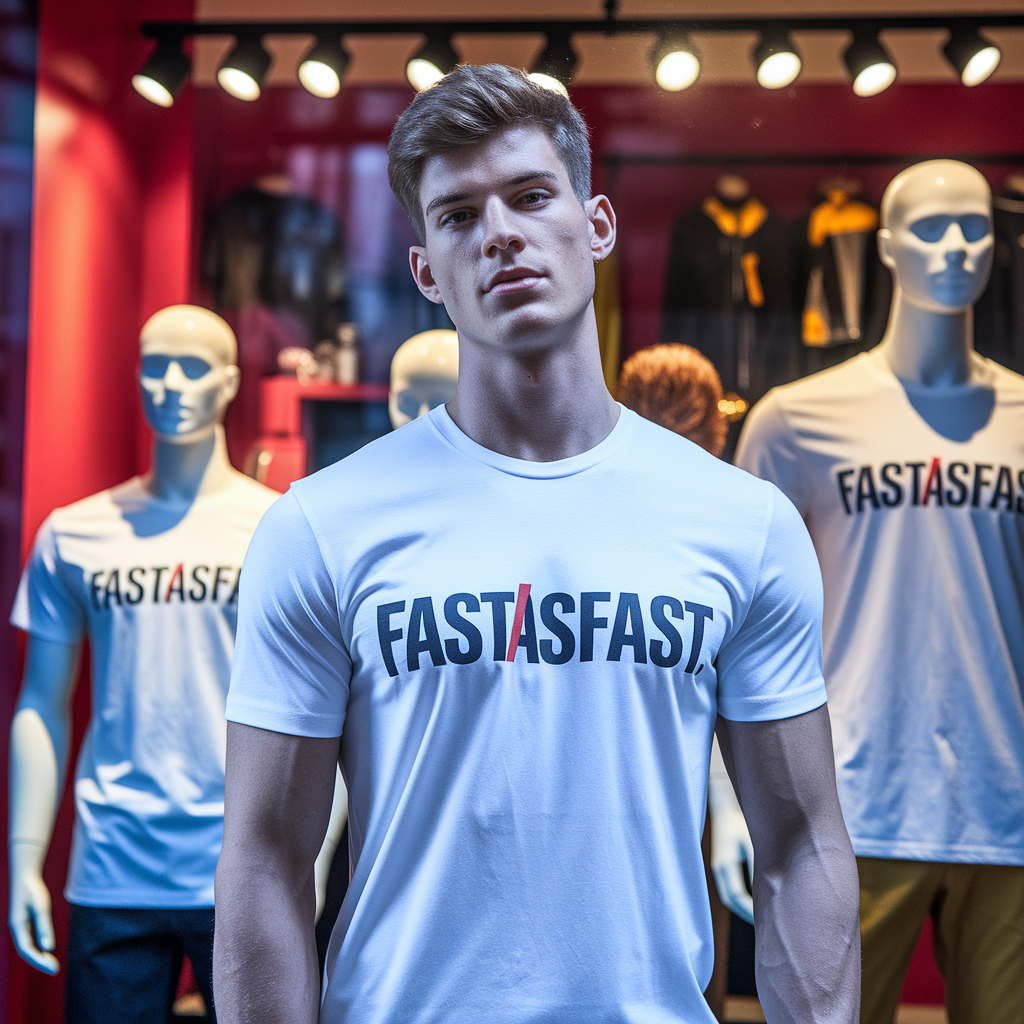
The Ultimate Guide to T-Shirt: History, Styles, and Trends
Introduction
T-shirts are one of the most popular and versatile pieces of clothing worldwide. They are worn by people of all ages, genders, and backgrounds, making them a staple in fashion. Whether used for casual wear, sports, branding, or self-expression, T-shirts have evolved significantly over the years. This article explores the history, styles, fabric choices, and current trends in the world of T-shirts.
The History of T-Shirts
The T-shirt has humble beginnings, originating from the late 19th and early 20th centuries. Initially used as an undergarment, the modern T-shirt evolved from one-piece union suits worn by laborers and military personnel. By the 1950s, T-shirts became a fashion statement, thanks to Hollywood icons like Marlon Brando and James Dean, who popularized the look in films such as A Streetcar Named Desire and Rebel Without a Cause.
Different Styles of T-Shirts
T-shirts come in various styles, catering to different fashion tastes and functional needs. Some of the most common styles include:
1. Crew Neck T-Shirt
The crew neck T-shirt is the most classic and widely worn style. It features a round neckline that sits close to the neck, making it a great choice for layering or casual wear.
2. V-Neck T-Shirt
The V-neck design adds a bit of sophistication to the T-shirt, allowing wearers to show off a little more of their collarbone. This style is often preferred for a dressier casual look.
3. Henley T-Shirt
A mix between a crew neck and a polo shirt, the Henley features a buttoned placket, adding texture and variety to the standard T-shirt.
4. Polo T-Shirt
Often associated with sports and semi-formal wear, polo T-shirts have a collar and buttons, making them more refined than a standard T-shirt.
5. Graphic T-Shirt
Graphic T-shirts feature printed designs, logos, or messages, making them a popular choice for self-expression. Bands, brands, and artists often use graphic tees to showcase their work.
6. Long-Sleeve T-Shirt
As the name suggests, long-sleeve T-shirts provide more coverage and are suitable for cooler weather or layering.
7. Oversized T-Shirt
Oversized T-shirts have gained popularity in streetwear fashion. They provide a relaxed, casual look and are often styled with skinny jeans or leggings.
Fabric Choices for T-Shirts
The type of fabric used in a T-shirt affects its comfort, durability, and overall look. Here are some of the most commonly used materials:
1. Cotton
Cotton is the most popular fabric for T-shirts because of its softness, breathability, and durability. Some common variations include:
- Organic Cotton: Grown without synthetic pesticides, making it an eco-friendly choice.
- Pima and Supima Cotton: High-quality cotton varieties known for their softness and longevity.
- Combed Cotton: Processed to remove impurities, resulting in a smoother texture.
2. Polyester
Polyester is a synthetic fiber that provides durability, moisture-wicking properties, and resistance to shrinking. It is often used in athletic and performance wear.
3. Blends (Cotton-Polyester, Tri-Blend, etc.)
Blended fabrics combine the best of different materials, such as the softness of cotton and the durability of polyester. Tri-blend T-shirts (cotton, polyester, and rayon) offer a unique texture and comfort level.
4. Linen
Linen T-shirts are lightweight and breathable, making them an excellent choice for hot weather. However, they tend to wrinkle more easily than other fabrics.
The Role of T-Shirts in Fashion
T-shirts have played a crucial role in fashion over the years. They are a canvas for creativity, self-expression, and brand promotion. Here are some ways in which T-shirts influence fashion trends:
1. Streetwear Influence
Streetwear brands like Supreme, Off-White, and BAPE have revolutionized T-shirt design, incorporating bold graphics and limited-edition drops.
2. Sustainability in T-Shirt Production
With the rise of sustainable fashion, many brands are shifting towards eco-friendly T-shirt production. Organic cotton, recycled materials, and ethical manufacturing processes are becoming more prevalent.
3. Custom T-Shirts and Personalization
The ability to create custom T-shirts has grown in popularity, thanks to online printing services. From personalized messages to company logos, custom T-shirts have become a powerful marketing and personal expression tool.
Choosing the Right T-Shirt for Your Needs
When selecting a T-shirt, consider the following factors:
- Purpose: Are you looking for casual wear, athletic wear, or formal casual attire?
- Fit: Choose between slim fit, regular fit, or oversized, depending on your style preference.
- Fabric: Consider comfort, durability, and weather suitability.
- Design: Plain, printed, or graphic designs allow you to express your personality.
T-Shirt Trends in 2025
Fashion constantly evolves, and T-shirt trends are no exception. Here are some trends that are shaping the industry:
- Vintage and Retro Styles: 90s-inspired oversized T-shirts and washed-out prints are making a comeback.
- Minimalist Designs: Simple, clean designs with subtle branding are gaining popularity.
- Sustainable and Ethical Choices: More consumers are prioritizing sustainability and ethical production in their clothing purchases.
- Tech-Infused T-Shirts: Smart textiles with moisture-wicking, odor-resistant, and temperature-regulating properties are becoming more common.
- Customization and DIY Fashion: Tie-dye, screen printing, and hand-painted T-shirts are trends embraced by fashion enthusiasts.
Conclusion
T-shirts are more than just a basic piece of clothing—they are an essential part of modern fashion and self-expression. With various styles, fabrics, and trends available, there is a T-shirt for everyone, no matter their personal style or needs. As sustainability and customization continue to influence the industry, the future of T-shirts looks more exciting than ever. Whether you prefer a classic crew neck, a trendy oversized fit, or a customized design, the T-shirt remains a timeless and versatile wardrobe essential.
